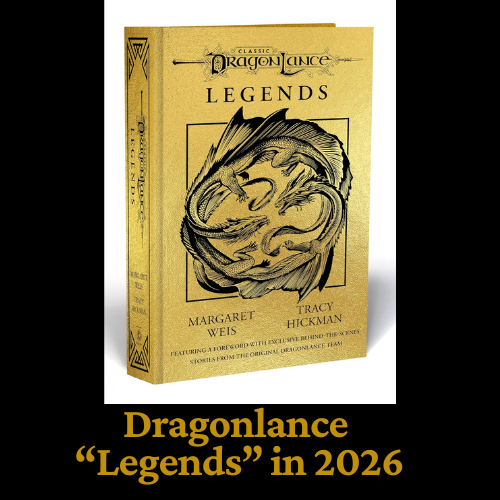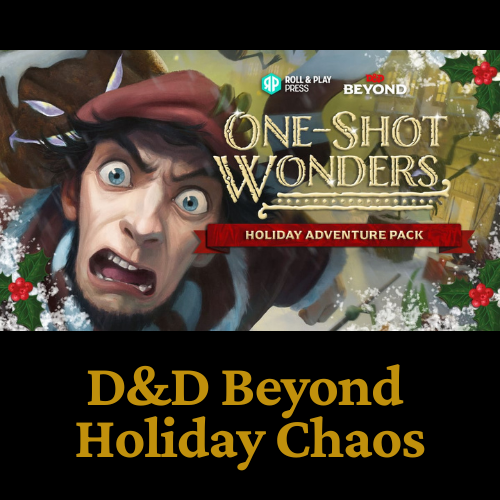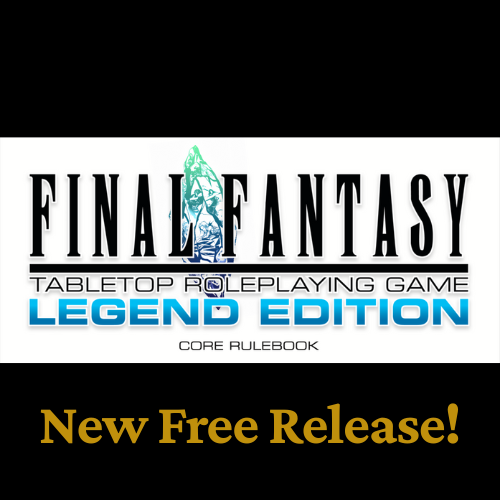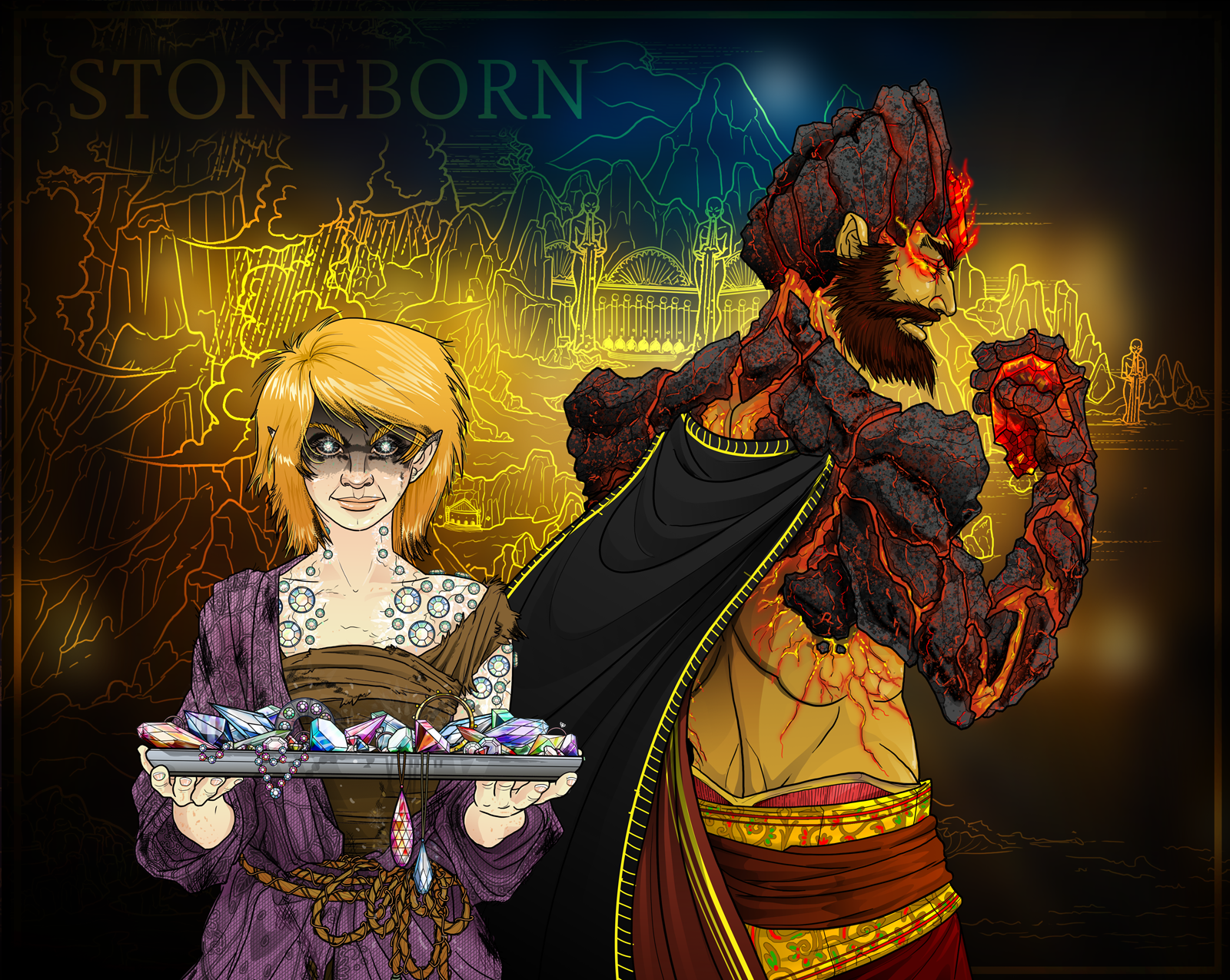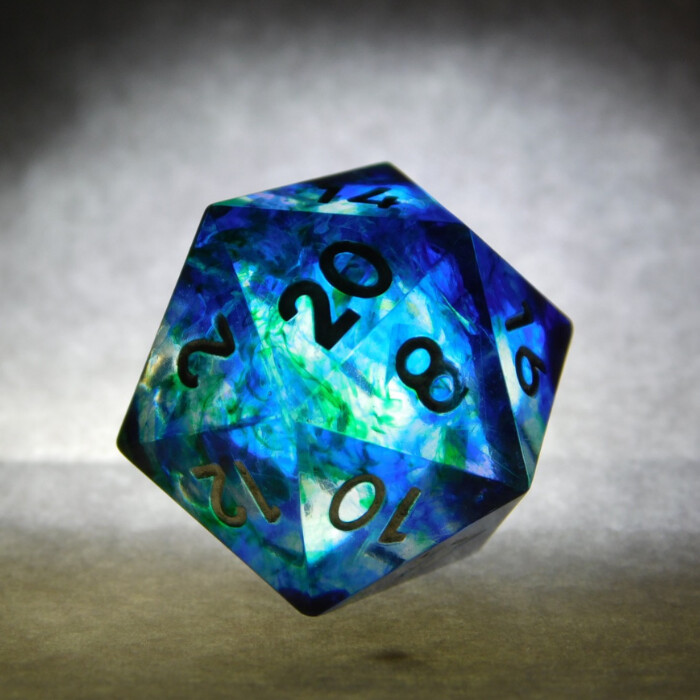Acid Splash 5e - D&D 5th Edition Spell Book
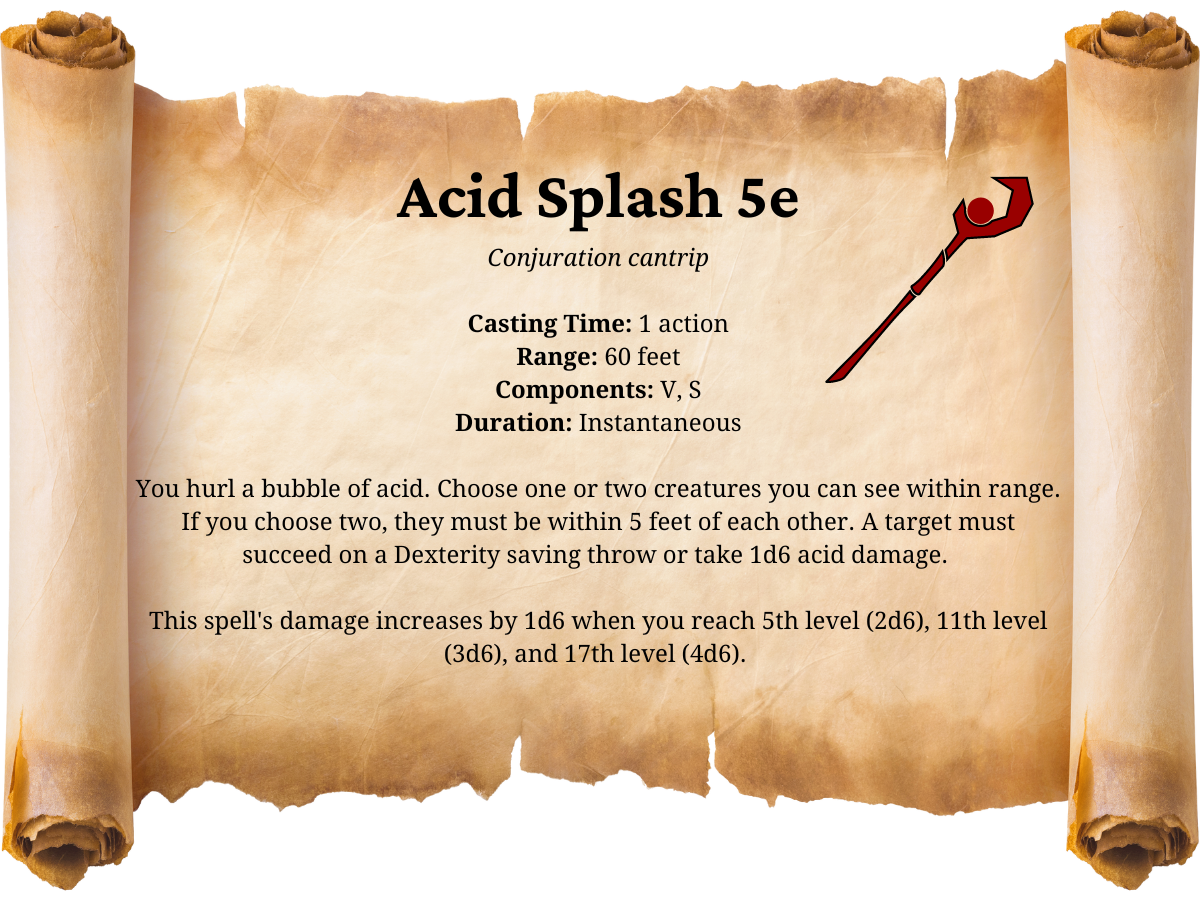
Acid Splash 5e Spell Effects
Conjuration cantrip
Casting Time: 1 action
Range: 60 feet
Components: V, S
Duration: Instantaneous
You hurl a bubble of acid. Choose one or two creatures you can see within range. If you choose two, they must be within 5 feet of each other. A target must succeed on a Dexterity saving throw or take 1d6 acid damage.
This spell's damage increases by 1d6 when you reach 5th level (2d6), 11th level (3d6), and 17th level (4d6).
All information about Acid Splash 5e comes from the DnD Player's Handbook.
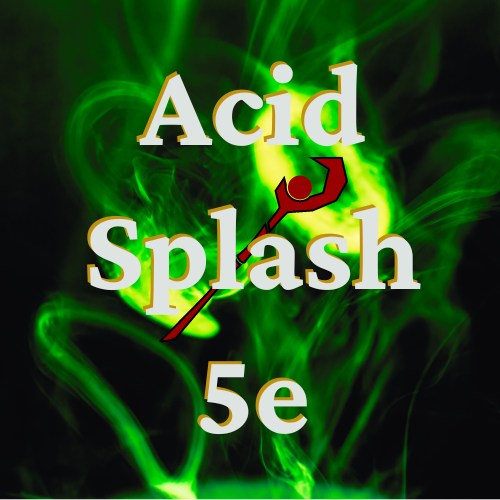
Classes That Can Cast Acid Splash 5e
The following classes gain access to casting Acid Splash 5e as part of their normal class spell availability:
- Artificer
- Sorcerer
- Wizard
Acid Splash Spell Effectiveness
| Damage | 1st Level | 5th Level | 11th Level | 17th Level |
|---|---|---|---|---|
| Damage Dice | 1d6 | 2d6 | 3d6 | 4d6 |
| Average Damage | 3.5 | 7 | 10.5 | 14 |
| 2-Target Damage | 7 | 14 | 21 | 28 |
| Average Fighter DPR | 11 | 19 | 30.5 | 41 |
DPR
DPR indicates damage per round, in this case, not accounting for hit chance. Note that "Average Fighter DPR" indicates a very rough calculation for what a melee character's damage per round might be before calculating in attack accuracy. This is done to present - as best as possible - an apples to apples comparison on ranged/ spell damage versus front-line character damage.
Acid Splash Usefulness
Acid Splash 5e is an area of effect damage spell. Players should use Acid Splash in the following circumstances:
- Against enemies with low Dexterity modifiers, to maximize hit chance.
- Against enemies who are weak to acid, to maximize damage (note that currently, there are no monsters in DnD 5e with vulnerability to acid damage).
- From the full 60 feet range away, against enemies with no ranged attacks.
- When there are at least 2 enemies within 5 feet of each other, to get the area of effect damage.
- When all other damaging spell slots have already been consumed - so basically, as a last resort spell.
Acid Damage Resistances, Immunities, and Vulnerabilities
When using Acid Splash 5e, it's worth knowing ahead of time that in the DnD Monster Manual, there are 15 monsters with acid damage immunity, 18 monsters with acid damage resistance, and 0 monsters with acid damage vulnerability.
Basically, you should expect to occasionally battle enemies who take far less (or no damage at all) from acid splash. You will also never run across pre-built enemies who are weak to acid damage unless your dungeon master specifically creates such enemies, custom for your gaming group.
Combine Acid Splash with the Following Spells
Most spells in DnD 5e work even better in combination with other spells, effects, feats, and so on. Try combining Acid Splash 5e with some of these other effects.
- Haste 5e: in addition to many other spell benefits, haste grants its target an additional action on each of its turns. Use this extra action to cast a second Acid Splash.
Acid Splash 5e Counters
Most every spell in D&D 5e has some kind of counter to watch out for. When using Acid Splash 5e, be wary of the following spells, effects, and situations.
- Silence 5e: any spell that requires a verbal component to cast (such as Acid Splash) may not be used when the silence spell is in effect upon or around the caster.
Acid Splash-Type Spells in Eternity TTRPG
The Eternity TTRPG Game System was created from the inspiration of D&D and the Final Fantasy series. Many people who love D&D aren't necessarily looking for a new TTRPG altogether, but if you enjoy exploring new systems, Eternity TTRPG offers the option for multiple game masters, and has highly tactical combat.
Additionally, here's an example of an Acid Splash-type spell in the Eternity TTRPG Game System.
Dice, Dungeons, Games & More - Eternity TTRPG
Share This Article

Author - Jacob Tegtman
Dear reader, I hope you enjoyed this article. Tabletop gaming has been a passion of mine since I was 6 years old. I've played just about every game from Dungeons and Dragons to video games like Final Fantasy. These games have inspired me, made me laugh, made me cry, and brought me endless hours of enjoyment.
I started Eternity TTRPG - and the indie tabletop game that goes along with it (Eternity Shop) - to share my love of gaming with others. I believe that in our technology-driven age, tabletop games help bring a sense of magic and community back into our world.
If you love the site, please share it with others! I have lots of gaming-related material for you to peruse and use in your own gaming sessions. If you have any questions about the site or want to contribute, just send me a message using the "Contact" page, which you can find in the site's footer.
